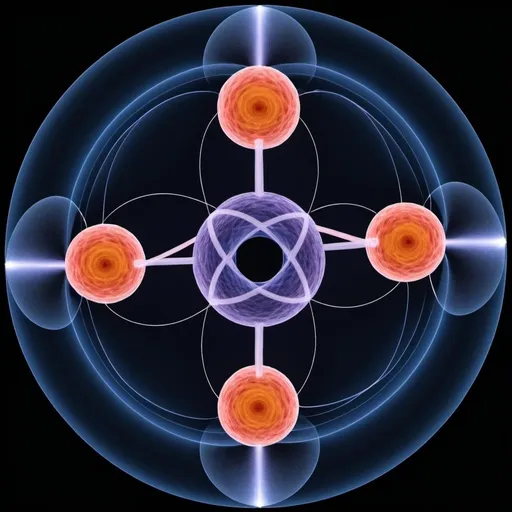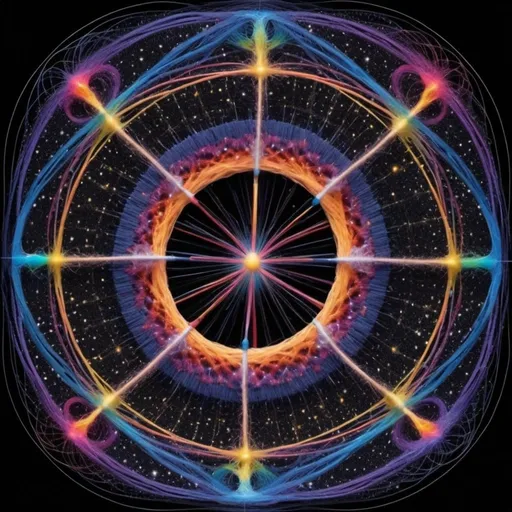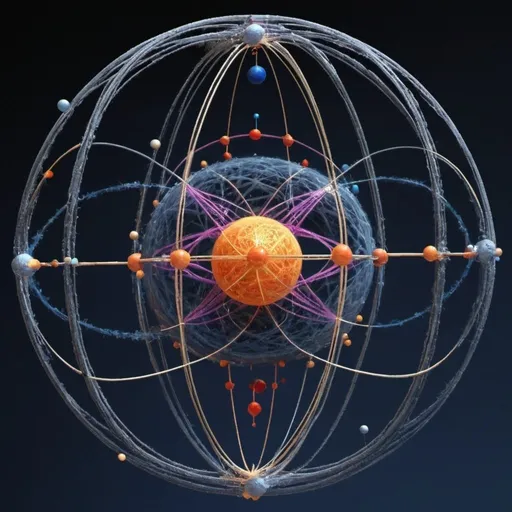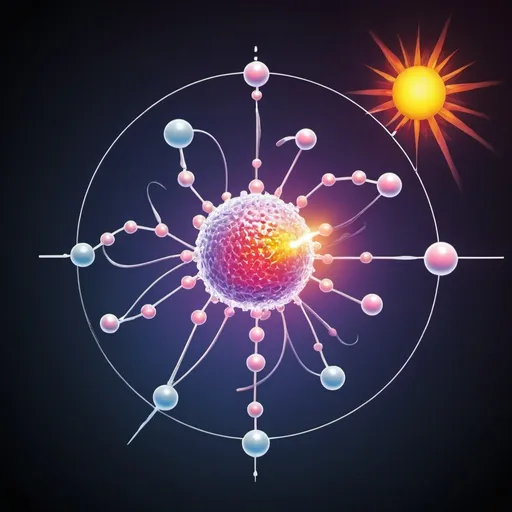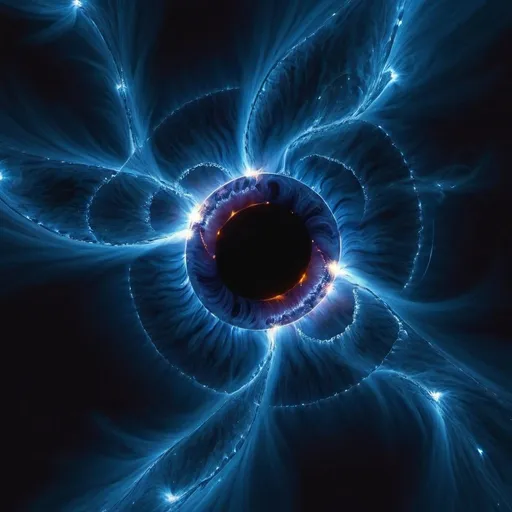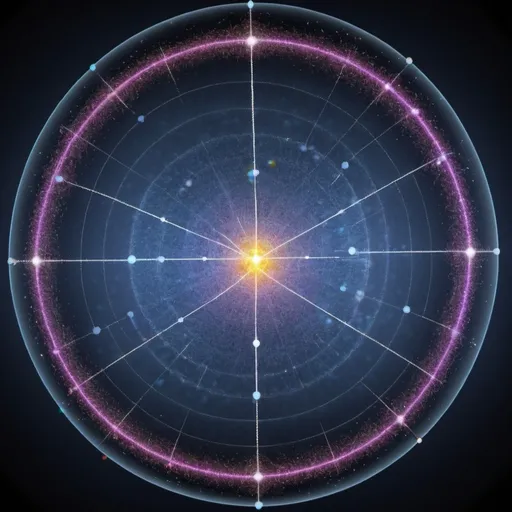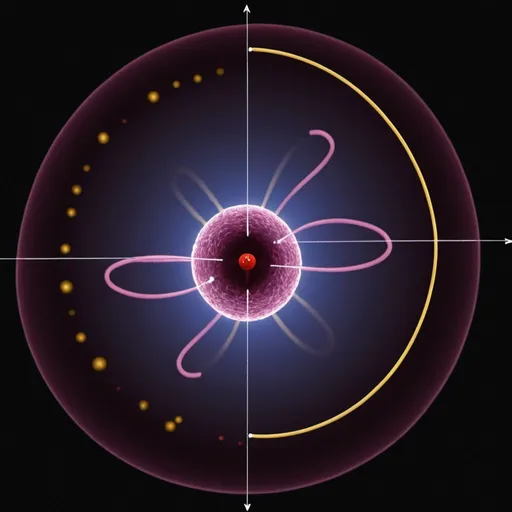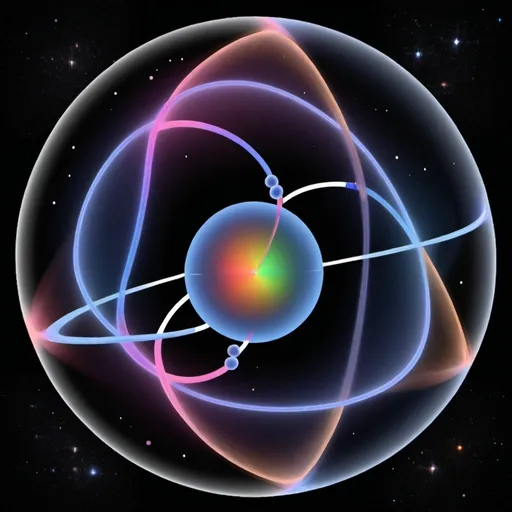rimurutmpest
Model: OpenArt SDXLSampler: DPM++ 2M SDE Karras
Prompt:
two dark matter Particles shells Ordinary matter Captured in side first dark matter particle shel...Show more
Width: 1024
Height: 1024
Scale: 7
Steps: 25
Seed: 213438134
Create your first image using OpenArt.
With over 100+ models and styles to choose from, you can create stunning images.

